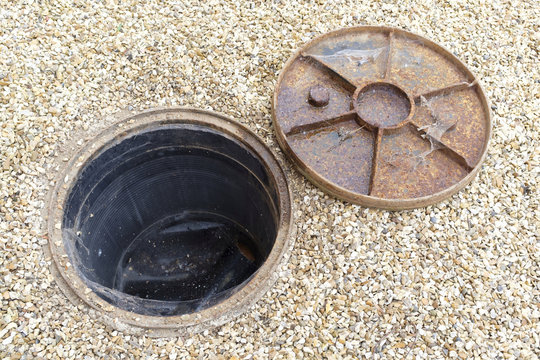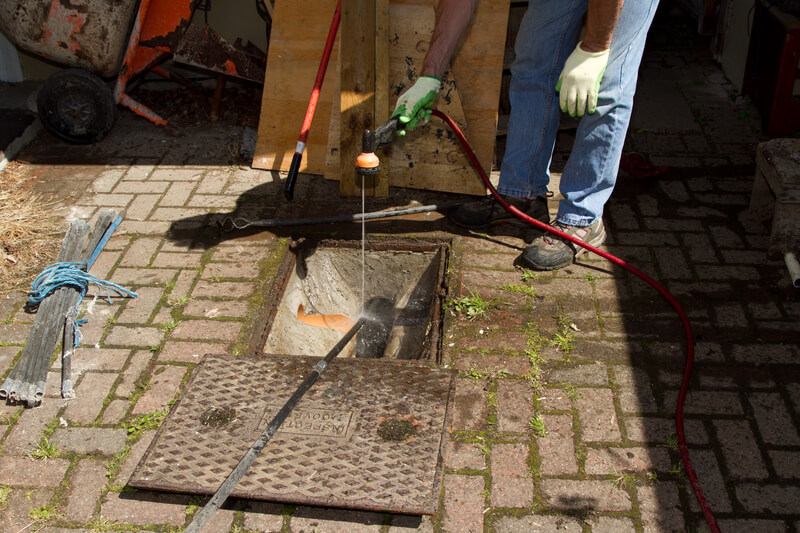They are making several great points about What I learned from trying to deal with a clogged drain as a whole in the article down the page.

Intro
Dealing with a blocked drain can be an aggravating experience, disrupting daily tasks and possibly creating damage to your property. Nonetheless, before reaching out to plumbing specialists, there are actions you can take to attend to the problem on your own. In this guide, we'll check out DIY remedies and safety nets to take on a blocked drain successfully.
Identifying the Problem
The very first step in attending to a blocked drainpipe is identifying the indicators. Sluggish water drainage, gurgling noises, foul odors originating from drains pipes, or water support up are common indicators of a blocked drain. Recognizing these signs early can assist avoid additionally issues.
Picking the Right Plumbing Service
When picking a plumbing solution, think about factors such as experience, licensing, and client evaluations. Pick a trustworthy plumber with a track record of top quality workmanship and transparent rates methods.
Expense Considerations
The cost of professional drainpipe cleaning company can differ depending on the intensity of the clog and the plumbing's rates. Request quotes from multiple carriers and ask about any surcharges to make certain openness and avoid shocks.
Safety Precautions
When attempting do it yourself drain cleaning, prioritize safety and security. Wear safety handwear covers and glasses to prevent contact with dangerous chemicals or bacteria. Never blend different drain cleaning products, as this can produce unsafe fumes.
Instance Researches
Real-life instances show the effectiveness of do it yourself options and the importance of prompt professional treatment in settling drain obstructions.
Common Reasons For Blocked Drains
Understanding the elements that contribute to drain pipes blockages is essential for effective resolution. Common wrongdoers consist of hair, soap residue, oil, food particles, and foreign things like sanitary items or paper towels. Tree roots attacking underground pipes can also cause considerable obstructions.
Do it yourself Solutions
For minor blockages, a number of DIY services can be reliable. Pouring boiling thin down the drain can assist dissolve grease and particles. Baking soda and vinegar or a mix of salt and cooking soda can serve as all-natural cleansers. Using a plunger or pipes snake to dislodge obstructions is an additional option.
Devices and Tools
Having the right devices available can make DIY drainpipe cleaning up extra efficient. A plunger is a flexible device for clearing clogs in sinks, toilets, and showers. A pipes snake or auger can get to much deeper obstructions, while drainpipe cleansing chemicals can be made use of very carefully for stubborn clogs.
Preventive Measures
To avoid future clogs, adopting preventive measures is crucial. Install drain guards or filters to capture hair and debris before they get in the pipelines. On a regular basis flush drains with warm water to liquify oil build-up, and stay clear of throwing away grease or solid waste away.
When to Call a Specialist
While do it yourself services can fix minor blockages, certain indications indicate the requirement for expert help. Persistent obstructions, foul odors in spite of cleaning up efforts, or several drains backing up simultaneously are red flags that warrant experienced intervention.
Conclusion
By adhering to the suggestions described in this overview, you can successfully take on obstructed drains pipes and protect against future pipes issues. Whether opting for do it yourself solutions or looking for specialist support, punctual action is key to keeping a healthy plumbing system and maintaining the integrity of your home.
WHAT I LEARNED FROM TRYING TO DEAL WITH A CLOGGED DRAIN
We have had our share of seepages and other annoying things that are part of living, especially in an apartment complex. And if there’s one thing that’s terrifying for a homeowner—or even someone in a rented home—it is a clogged drain, indoors or outdoors.
We enjoy our living space, but it’s simply a fact of life that dead skin, soap and a host of other items go down the drain; eventually, the residue builds up and prevents anything from moving. Ugh.
Not Calling A Professional
Of course, it might seem simple to just whip the pipe off under the sink and see if you can unblock it. Unfortunately, what if the blockage isn’t there, or you don’t reconnect it properly? Worse, you might break a piece and have no drainage system. Can you imagine that scene? Yuck!
Not Watching Your Waste
This will sound d’uh, but the best tip I can give you for drain cleaning is to avoid clogging the drain in the first place! You can do this by monitoring what goes down the drain and catching the items which are most likely to give you a problem. Invariably hair, vegetable peels, and large wads of toilet paper are the most obvious culprits. Add a filter—these are available in hardware stores and can be removed and cleaned easily.
Poking The Drain
The first urge with a clogged drain is to poke at it with a stick or anything that resembles a stick. Sadly, this does not result in magically solving the issue. The mental image is, naturally, one of the stick just pushing through the offending item and all is well again. Reality is quite different and unpleasant and likely to lead to further problems.
The thing is, every drain has a series of bends that are not visible to us. Drains are built this way to prevent gases from entering the house. What happens when you poke a stick into the drain? Of course, it can’t bend around the corner. The more adventurous people will use force and end up wedging the stick or causing it to break off in the pipe—creating an even bigger issue. Worst thing? The stick will shift the block further down the pipe, creating the space for more to collect. Go ahead! Roll your eyes!
Using The Wrong Plunger
You know what they say: the right tool for the right job! Did you know there are different types of plungers besides the basic one we keep at home for an emergency? Yes, there are. For example, the toilet plunger has a bell-shaped bottom while the sink plunger is flat. This is an important difference and using the wrong plunger will be useless. There’s also a knack in using plungers—they must be placed in such a way that they create an airtight seal and then, moved slowly up and down—not as fast as we imagine.
https://vidyasury.com/2018/01/learned-trying-deal-clogged-drain.html

I stumbled upon that post about 8 Tips For Clearing A Blocked Drain while doing a lookup on the internet. Do you know somebody else who is curious about the subject? Be sure share it. I recognize the value of reading our article about Some easy tips to fix blocked drains.
Go Deal